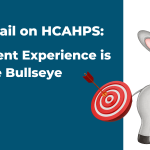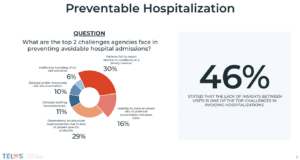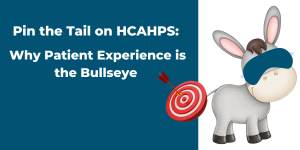
By Nora Silver, RN, Director of Clinical Strategy and Initiatives
Change is an inherent part of the healthcare system, particularly in Home Health. Navigating annual alterations necessitates a proactive, strategic approach. Drawing a parallel with the changing seasons, organizations can learn a lot from the natural world’s adaptability and resilience.
Embrace the Season of Change
Much like trees preparing for the upcoming winter, Home Health agencies face their “winter” with each final rule’s release. Agencies that resist or ignore the inevitability of change find themselves struggling and at risk of stagnation or failure. A resilient organization recognizes the importance of both shedding old practices and welcoming the new, understanding that both are crucial for future growth and vitality.
The Significance of Preparation
In my tenure as an administrator, one core realization shaped our approach to change: Shedding is as essential as adopting. Effective change management isn’t just about integrating new regulations but reassessing, modifying, or even discarding older practices. Without this dual approach, organizations risk burdening staff with redundant processes that can lead to confusion, inefficiencies, and burnout.
To make change an ingrained part of the agency culture:
- Develop a detailed annual change plan: This should include a thorough review of affected processes, removing outdated ones, and tweaking others to align with new requirements.
- Create a checklist: Documenting each step of the change process ensures a structured approach and helps in regular monitoring.
Efficient Multitasking
During the preparation phase, combine your annual policy review with the process of assimilating changes. This integrated approach:
- Enhances leadership understanding.
- Ensures consistency across departments.
- Upholds compliance standards.
Harnessing QAPI for Structured Change
The QAPI framework by CMS provides agencies with a roadmap for structured, quality-driven change. Linking your annual QAPI assessment and development with the change process ensures a streamlined, cohesive approach, replete with a deployment and evaluation strategy.
Deployment and Evaluation: Two Pillars of Change
- Deployment Plan: Understand the demographic impacted by each change. Is it the leadership, field staff, or office employees? Tailor the education and communication to each group’s specific needs, ensuring they have written guidelines for easy reference. Clarify the regulatory reasons behind the change to foster engagement and understanding.
- Evaluation Plan: Once you’ve implemented changes, it’s crucial to measure their efficacy. Create tools to gauge success, ensuring staff understands the criteria for success.
Building Resilience Through Integration
In the constantly evolving Home Health domain, integrating change into the core of an organization’s operational processes is pivotal. Leaders who adeptly weave change into these structures not only maintain compliance but also promote growth, adaptability, and reduced staff burnout. Such an approach positions home health agencies not merely to endure but to flourish in this dynamic landscape




